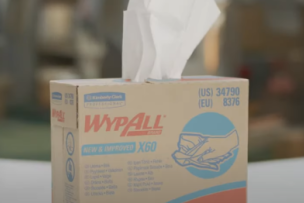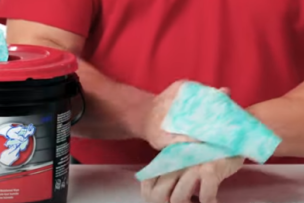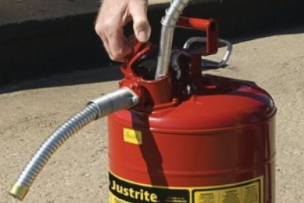Kimberly-Clark Professional is on a mission to create safer, healthier and more productive workplaces. Our wiping solutions, PPE and washroom/breakroom solutions can provide you and your customers trusted brand name products to maximize safety and productivity.






Talk to Us!
Hey my name is Emery Dale Harris and I worked for Genco Kimberly Clark from the ground up truly I was there working when they poured the first concrete slab in the one million square feet building.I witness the warehouse being shaped and develop into it exciting.But once the actual hiring of warehouse workers started it became chaos really quick and there were accidents back to back to back because there were no safety plan in place. That's where I came into play one day while supervisor Doug Morris was speaking to my shift during our daily meeting he informed us that if we came up with any ideas that can futher our company along that we would be well conversated for our hard work. So I immediately went home and started to work on the safety plan for the company because as I said earlier there wasn't one and it was a very dangerous place to work. And I remember telling and Kimberly Clark staff member name Kelvin that I was working on something big that's gonna save the company alot of money from all the chaos and accident that were happening on a daily basis. He was just as excited as I was about my project so once I completed it and presented to management they were overwhelmed when they saw what I had done. This project took me only a few weeks to put together but it was huge for Kimberly Clark and Genco because it stop them from bleeding out so much money for all the incident that were happening daily. I presented to them on a Tuesday morning and by Thursday morning it was implemented and there were no more accident because there were a safety lay out that were in place. I also know that this safety plan was being used at other locations that Kimberly Clark was building in South Carolina. I know it's been awhile but I have reached out before and know one would ever respond to my text or email. I've reached out to my Attorney and found out that there is no statue of limitations for this because it's been a on going sequence of warehouses being built that has this same or similar safety plan that originated from me.All I'm asking is for someone to reach out to me so we can come to some kind of agreement about me being conversated for my work. I was told by management that I would be conversated but I never was. This happen way to long ago for me there to be conversated. I am in the middle now of developing a prototype for my company as we speak and when I mentioned to them about what happened with your company they were ashamed that I never got anything for my work. Please can someone of authority make this right for me. I just read your Code of Ethics and hopefully there not just word's.Please feel free to contact me at
teensafetyalert@gmail.com
470-765-7029
Look forward to speaking with you soon!
30Leave a reply
Your email address will not be published. Required fields are marked *